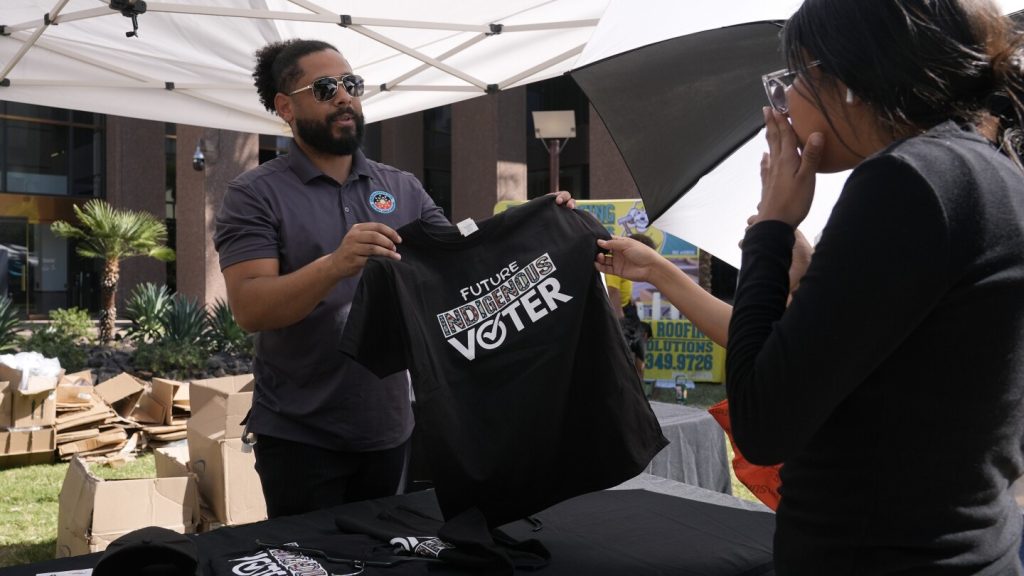The upcoming general election in Arizona on Nov. 5 is set to be highly competitive, with control of key offices at stake, including the White House, the U.S. Senate and House, and both chambers of the state Legislature. Arizona has emerged as a major battleground state, drawing the attention of both presidential campaigns. Democratic Vice President Kamala Harris and Republican former President Donald Trump are in a close race for the state’s 11 electoral votes. Other key contests include the race for U.S. Senate and several U.S. House seats in Phoenix and Tucson areas.
Democrats are hopeful of gaining control of the state Senate for the first time since 1992 and the state House for the first time since 1966. In addition to the candidate races, voters will also be deciding on several high-profile statewide ballot measures related to abortion, immigration, and the use of partisan primaries in elections. If contradictory measures pass, the one with the most votes in favor will become law, although legal challenges may follow. Election Day in Arizona is set for Nov. 5, with poll closing time at 9 p.m. ET. Results are typically released after all precincts have reported or one hour after polls close.
In Arizona, ballots processed before Election Day tend to favor Democrats, with mail-in ballots becoming a contentious issue since the 2020 election. Democratic incumbent Mark Kelly saw a significant lead shrink in the 2022 U.S. Senate election as votes were tallied. Mail-in ballots dropped off on Election Day in Maricopa County, the state’s largest, take longer to tabulate. Maricopa County holds significant influence in statewide elections, contributing over 60% of the vote in the 2020 presidential race. Democrats have historically carried four counties in Arizona, with Maricopa playing a decisive role in statewide outcomes.
The Associated Press will only declare a winner in a race when it determines there is no scenario where trailing candidates can close the gap. In races where recounts are automatic, the AP may declare a winner if the lead is too large for a recount to change the outcome. Voter registration in Arizona shows a relatively balanced distribution between Democrats, Republicans, and other affiliations. The voter turnout in the 2020 presidential election was 71% of registered voters, with a significant portion voting before Election Day. The vote-counting process in Arizona typically begins with early reporting and extends into the night until a majority of votes are accounted for.
As the 2024 election approaches, Arizona remains a crucial state for both parties, with various competitive races and ballot measures on the line. The outcome of the election could determine the balance of power in key offices at both the state and national levels. Voter turnout, mail-in ballots, and the influence of key counties like Maricopa will play a significant role in shaping the final results. The focus on Arizona reflects its status as a battleground state that could have a decisive impact on the broader political landscape in the upcoming election.


